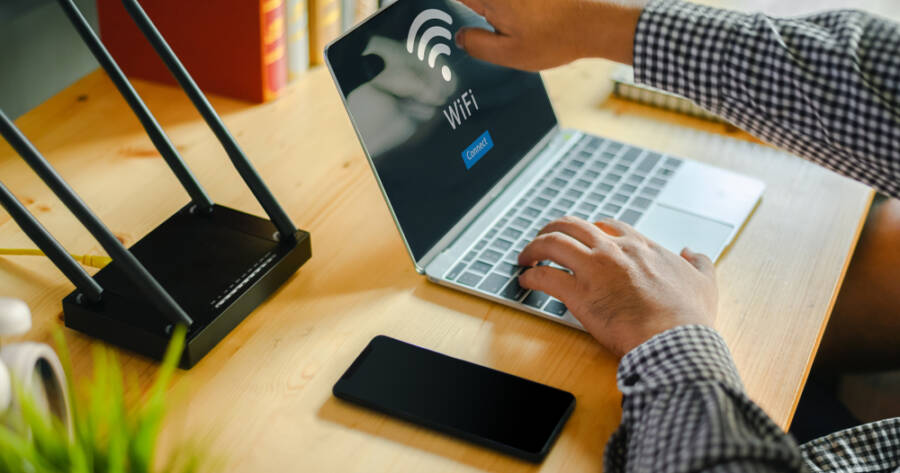In today’s digital age, many seek ways to get internet without traditional cable TV or landline bundles. Whether you’re looking to save money or exploring alternatives, options like fiber optic, fixed wireless, mobile hotspots, 4G LTE, satellite, and public Wi-Fi provide internet access without the extra services.
1. Fiber Optic Internet
Fiber optic internet is an excellent option if you live in an area where it is available. It delivers incredibly fast speeds for streaming, gaming, or working from home. Providers like Google Fiber, Verizon Fios, and AT&T offer stand-alone fiber internet packages without needing to bundle cable or phone services. However, it’s essential to verify if fiber optic internet is available in your region, as it’s not yet universally accessible. If you live in a larger city or suburb, you’re more likely to have access.
2. Fixed Wireless Internet
For those living in rural or remote areas where traditional wired internet services are less common, fixed wireless internet could be the solution. Fixed wireless internet uses radio signals to deliver high-speed internet to a receiver installed at your home. While it doesn’t require a phone or cable line, you will need a clear line of sight to the provider’s broadcast tower. Services like Rise Broadband and AT&T’s fixed wireless offerings could be worth exploring if you’re in rural regions. However, be aware that speeds may vary depending on your location and provider.
3. Mobile Hotspots
Another way you could get internet is by using a mobile hotspot. Mobile hotspots allow you to use cellular data to create a Wi-Fi network. This is especially useful if you’re someone who travels frequently or if you live in an area with strong cell service. Many carriers like Verizon, T-Mobile, and AT&T offer standalone hotspot devices or allow you to turn your smartphone into a hotspot. Just be cautious of data limits, as mobile hotspot data plans tend to have caps or may throttle speeds after a certain threshold is reached.
4. 4G LTE Home Internet
Similar to mobile hotspots, 4G LTE home internet relies on cellular networks. However, instead of using a mobile device, you’ll get a dedicated router that connects to the 4G network, providing reliable home internet service. Companies like T-Mobile and Verizon offer 4G LTE home internet options, often with unlimited data plans, which might make them a good alternative for those in areas without access to cable or fiber. Before committing, you might want to check the coverage and data speed in your specific area, as performance can vary depending on the strength of the cellular signal.
5. Satellite Internet
For those in extremely remote areas where even fixed wireless or 4G services aren’t available, satellite internet could be the last resort. Providers like Starlink, Viasat, and HughesNet offer satellite-based internet services that can reach almost any location. While satellite internet doesn’t require a phone or cable line, it does require a satellite dish installed at your home. One drawback to consider is that satellite internet can have higher latency and may not be ideal for activities like online gaming or video conferencing. Additionally, data caps can be restrictive depending on the provider.
6. Public Wi-Fi
If you’re someone who only needs internet intermittently or on a budget, utilizing public Wi-Fi could be an option. Many libraries, cafes, and even public parks offer free Wi-Fi services. While this option is less reliable and doesn’t provide the security or privacy of a home connection, it’s a short-term solution if you only need occasional access.
Your Path to Cable-Free Internet
While traditional cable and phone line bundles were once the norm, there are now multiple ways to get internet without relying on them. From fiber and fixed wireless options to mobile hotspots and satellite, the choice you make will depend largely on your location, budget, and specific needs. By considering these alternatives, you could enjoy high-speed internet without the extra services you don’t need.
